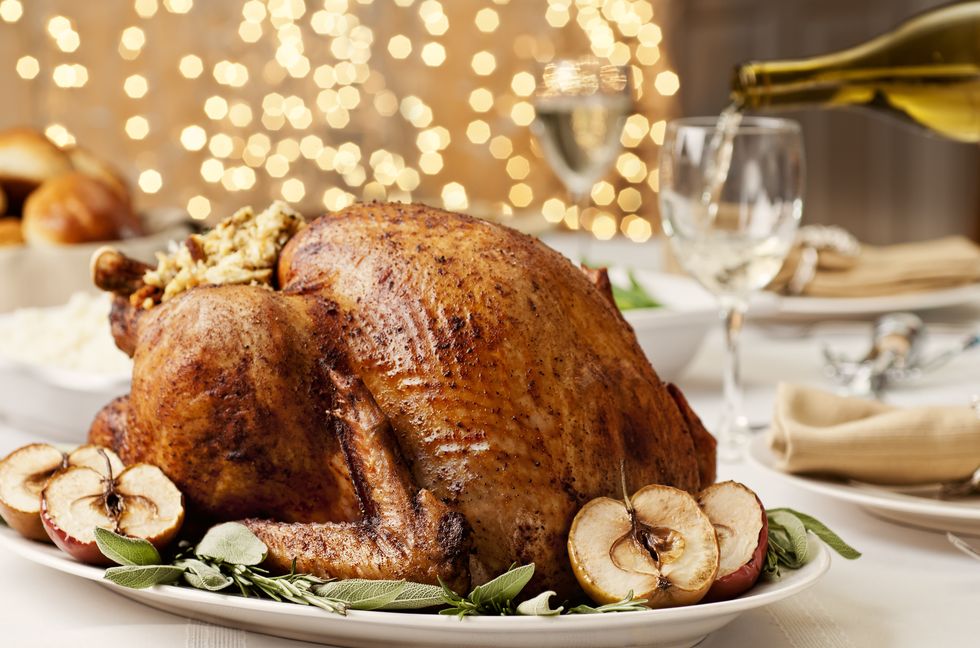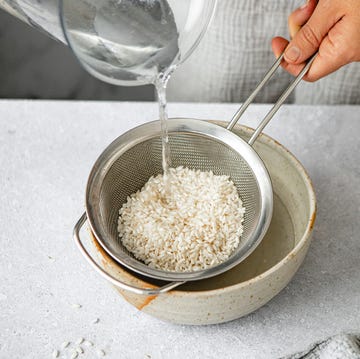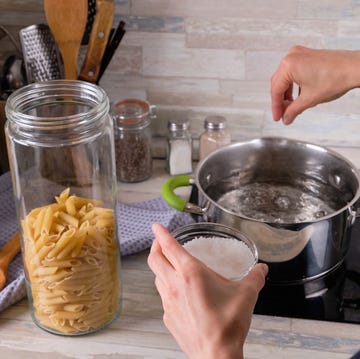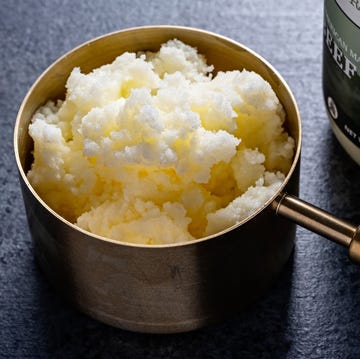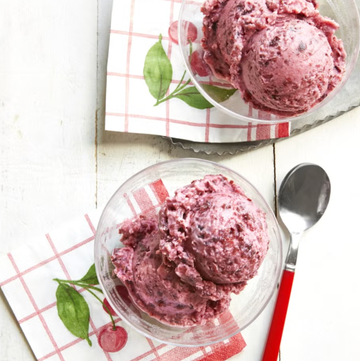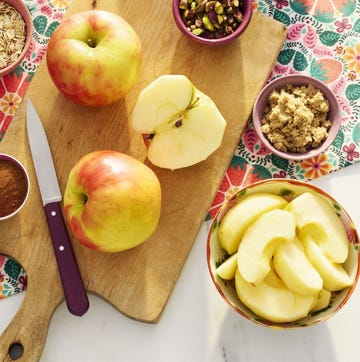There are a lot of variables to consider when making a Thanksgiving turkey. For instance, you might be wondering how to thaw a turkey, what size turkey to buy, and even how to add flavor by seasoning the turkey and basting it while cooking. One of the most commonly asked questions surrounding the bird: How long does it take to cook a turkey?
With the battle for oven space being limited on Thanksgiving, it's no wonder you're curious exactly when the stuffing will go in and the turkey will come out. It could make or break your detailed holiday cooking schedule, after all.
That's why it's important to get your turkey's cooking time right. Use this guide and there will be no guessing games on Thanksgiving Day. To determine the cook time, start with the size of the bird and whether or not it's stuffed. (Fans of brined turkeys will also want to factor in an extra day, which is what The Pioneer Woman likes to do.)
The best thing you can do on Thanksgiving Day is plan ahead. Whether you're sticking to a classic roasted turkey or want to try something a little different this year (like Ree Drummond's gussied up bacon-wrapped bird), this helpful guide is here to make sure time is on your side. And no matter what, do like the pros and factor in resting time for your bird. Let the turkey rest for at least 30 minutes after cooking—longer is even better—so that the juices have time to redistribute for the juiciest meat possible.
How Long It Takes to Cook a Turkey
Roasting times for the turkey will vary based on the size of the bird as well as whether it's stuffed or unstuffed. As a general rule of thumb, plan on roasting your turkey for 15 to 20 minutes per pound—though to prevent undercooking or overcooking the bird, you'll need to use a meat thermometer. The suggested cooking times below are for a turkey that's roasted at 325 degrees.
Unstuffed
8 to 12 pounds: 2 3/4 to 3 hours
12 to 14 pounds: 3 to 3 3/4 hours
14 to 18 pounds: 3 3/4 to 4 1/4 hours
18 to 20 pounds: 4 1/4 to 4 1/2 hours
20 to 24 pounds 4 1/2 to 5 hours
Stuffed
8 to 12 pounds: 3 to 3 1/2 hours
12 to 14 pounds: 3 1/2 to 4 hours
14 to 18 pounds: 4 to 4 1/4 hours
18 to 20 pounds: 4 1/4 to 4 3/4 hours
20 to 24 pounds 4 3/4 to 5 1/4 hours
How to Know When the Turkey Is Done
The best way to tell if your turkey is done is to use a meat thermometer. "Even if you only use it once a year for this exact purpose, it's worth it," Ree says. To get the proper reading, insert the meat thermometer into the deepest part of the thigh, taking care to not touch the bone. The turkey is done when it reaches a temperature of 165 degrees.
Do You Cook a Turkey Longer if it Is Stuffed?
Yes, a stuffed turkey takes longer to cook than an unstuffed bird. The very center of the stuffing must register at least 165 degrees on an instant read thermometer to ensure that it's cooked all the way through.
Your best bet? Cook the stuffing separately in a baking dish. This not only reduces the risk of cross contamination, but it's also the only way to ensure the stuffing gets golden and slightly crisp on top. Of course, the holidays are all about honoring family traditions, so whether you stuff your bird or not is up to personal preference.
Is it Better to Cook a Turkey at 325 or 350 Degrees?
What matters most is the final temperature reading of the turkey. Some prefer slowly roasting a turkey at 325 degrees for optimum juiciness. Others believe cooking a holiday bird at 350 degrees is the secret to the crispiest skin. As long as you roast your turkey somewhere in that range, and, most importantly, you cook the turkey until it reaches 165 degrees on an instant-read thermometer, you'll be safe.
Should You Add Water in the Bottom of the Roasting Pan?
It depends: Are you adding vegetables like onion, celery, and carrots to the bottom of your roasting pan? If so, you'll want to add some liquid so the veggies don't scorch. Use about 1/2 cup of water, or white wine for more flavor. If your skipping the vegetables, there's no need to add any liquid to the bottom of your roasting pan.

